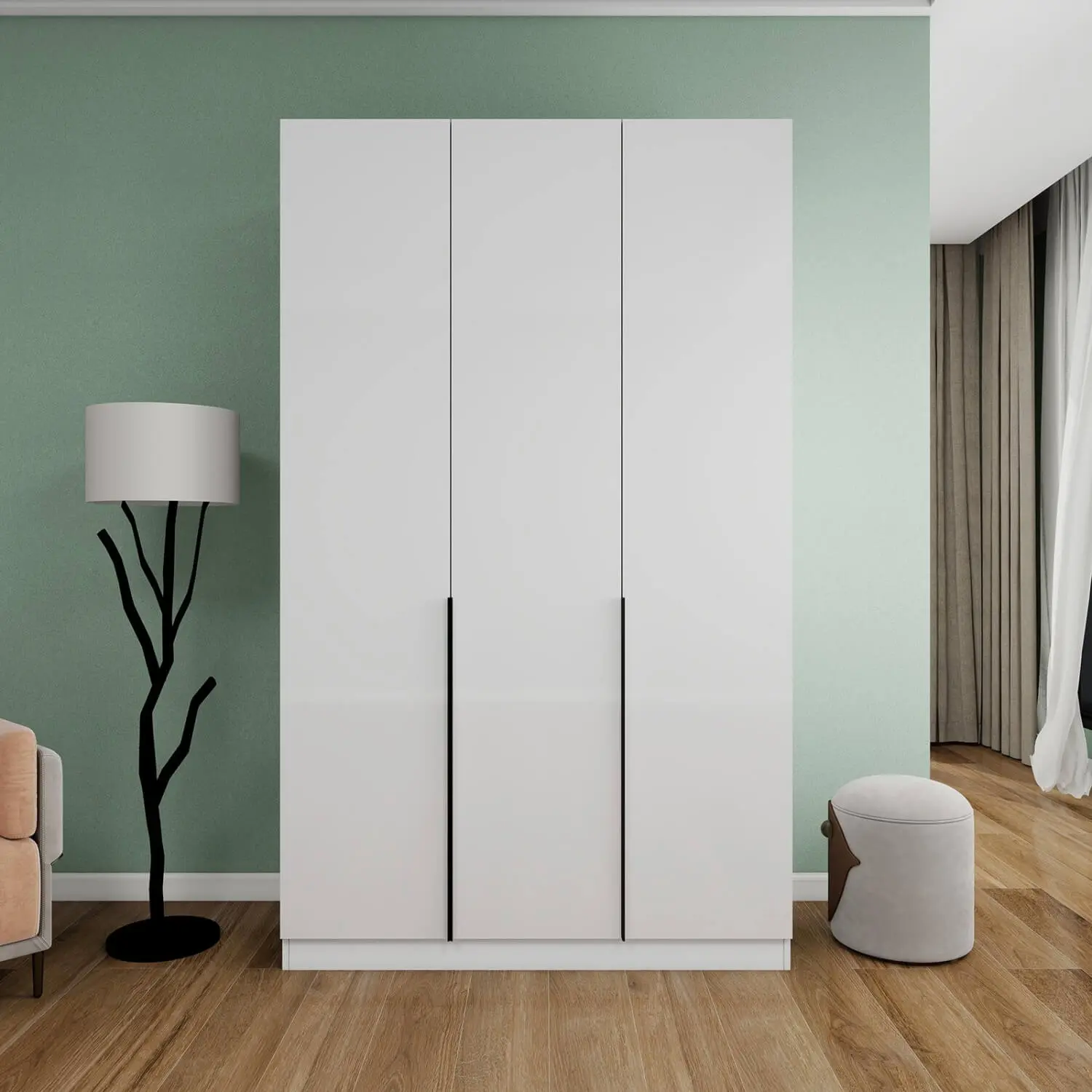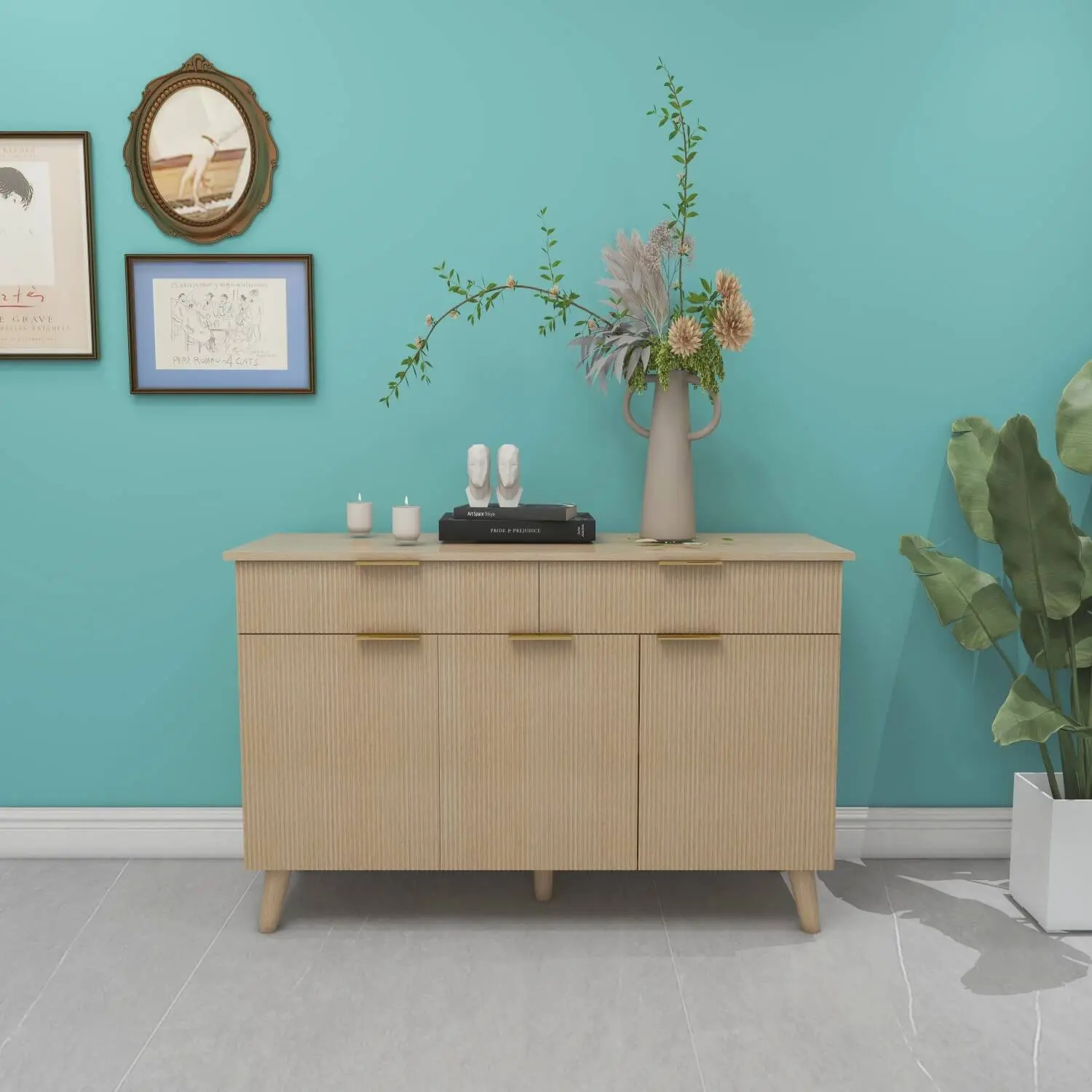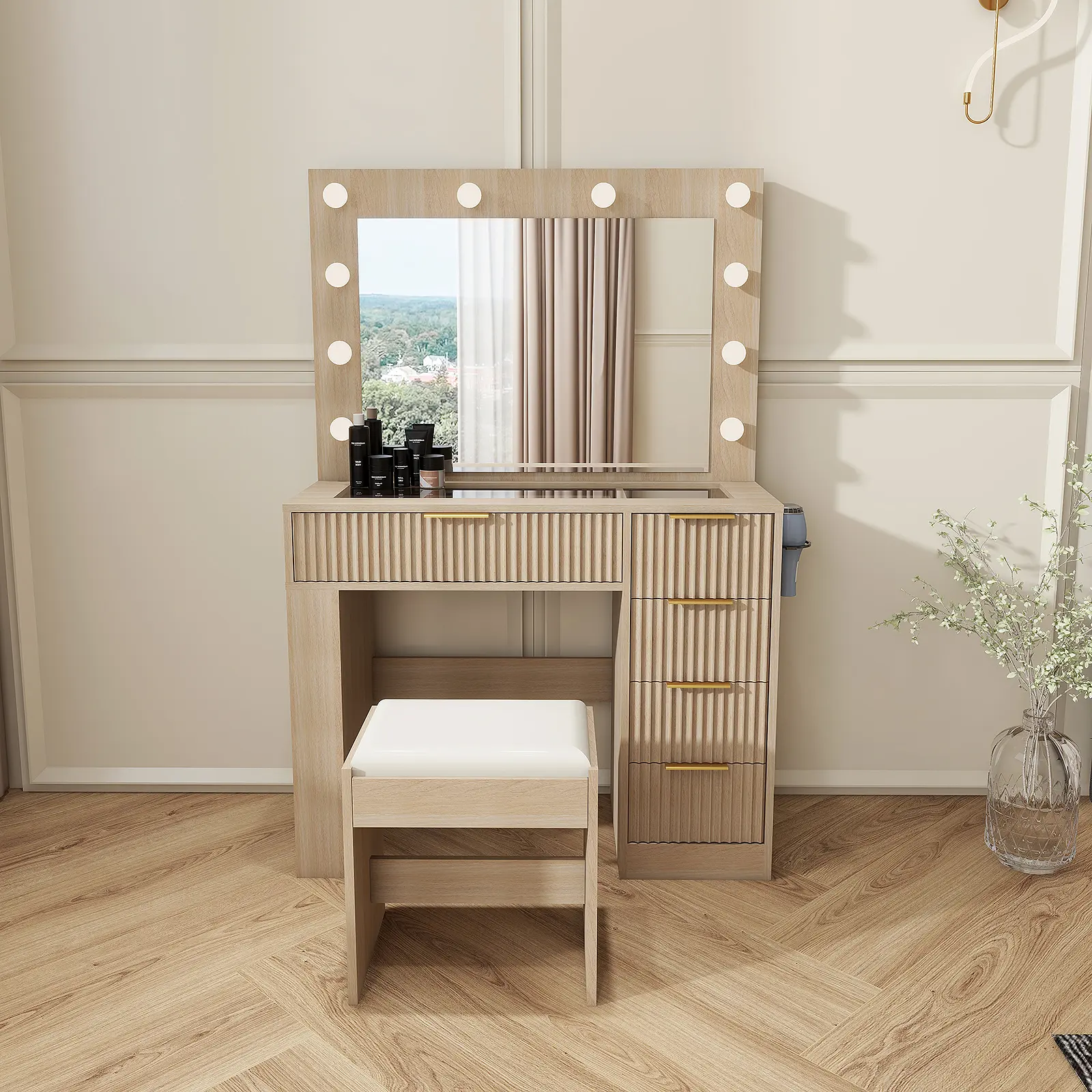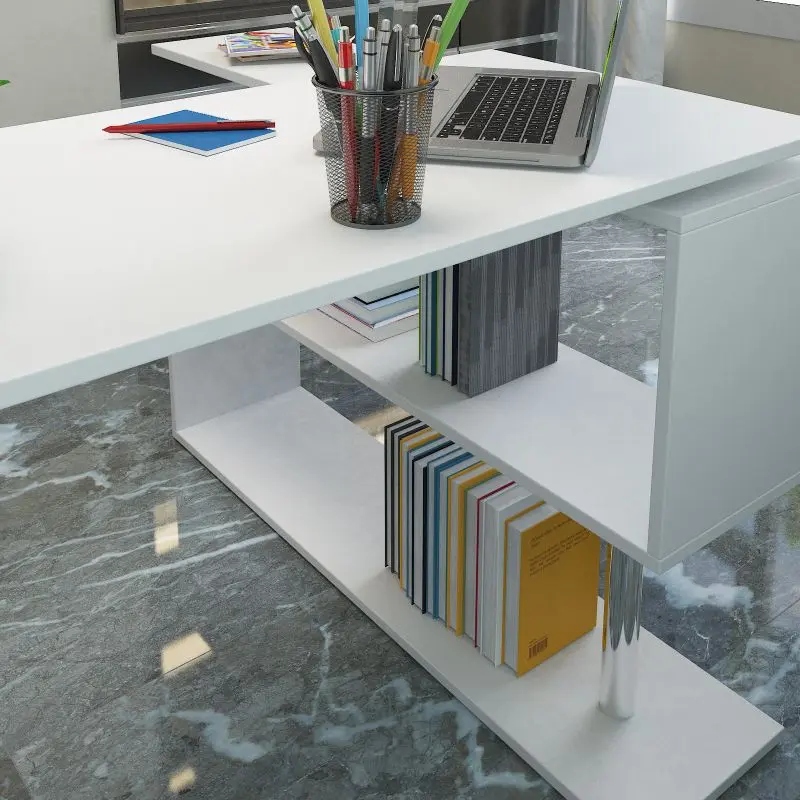The Development Trends of Furniture Industry
The global furniture industry is experiencing significant development trends, with technology and sustainability playing a key role in shaping the future of the industry. As consumers increasingly value environmentally friendly and durable products, manufacturers are adapting their production methods and designs to meet these needs.
One of the notable trends in the furniture industry is the integration of technology to improve the manufacturing process and end-user experience. With the rise of smart homes and connected devices, furniture companies are incorporating technology into their products, such as wireless charging in tables and desks, or smart features in sofas and chairs. The fusion of technology and furniture provides consumers with more versatile and multi-functional products that meet the growing demand for efficiency and convenience in modern living spaces.
Another important trend in the industry is the increasing emphasis on sustainability and environmentally friendly practices. Many consumers are increasingly concerned about the environmental impact of their purchasing decisions, leading furniture companies to prioritize sustainable material sourcing and environmentally friendly production processes. This includes using recycled or upcycled materials, investing in renewable energy and reducing waste in the production cycle. Additionally, there is a growing demand for long-lasting furniture that focuses on durability and longevity rather than disposable or quick-turn furniture trends.
In addition, the rise of e-commerce has had a significant impact on the furniture industry, with consumers increasingly turning to online platforms to purchase furniture. This shift has led to a rethinking of traditional retail models, with many companies focusing on creating a seamless online shopping experience and convenient delivery options. In addition, the digitalization of the industry allows for more personalized and customizable furniture options, allowing consumers to tailor furniture to their specific needs and preferences.
In terms of design trends, there is a growing interest in minimalist and functional designs that prioritize clean lines, versatility, and practicality. This trend reflects the trend towards more streamlined and adaptable living spaces, where furniture serves multiple purposes and blends seamlessly with the overall aesthetic of the home. Additionally, there is a renewed interest in showcasing natural materials and textures, with a focus on authenticity and craftsmanship.
The global furniture industry is evolving, driven by changing consumer preferences, technological advancements and an increased focus on sustainability. As the industry adapts to these trends, we expect furniture production and design to continue to emphasize innovation, quality and environmental responsibility. With these developments, the future of the furniture industry looks both exciting and sustainable.










